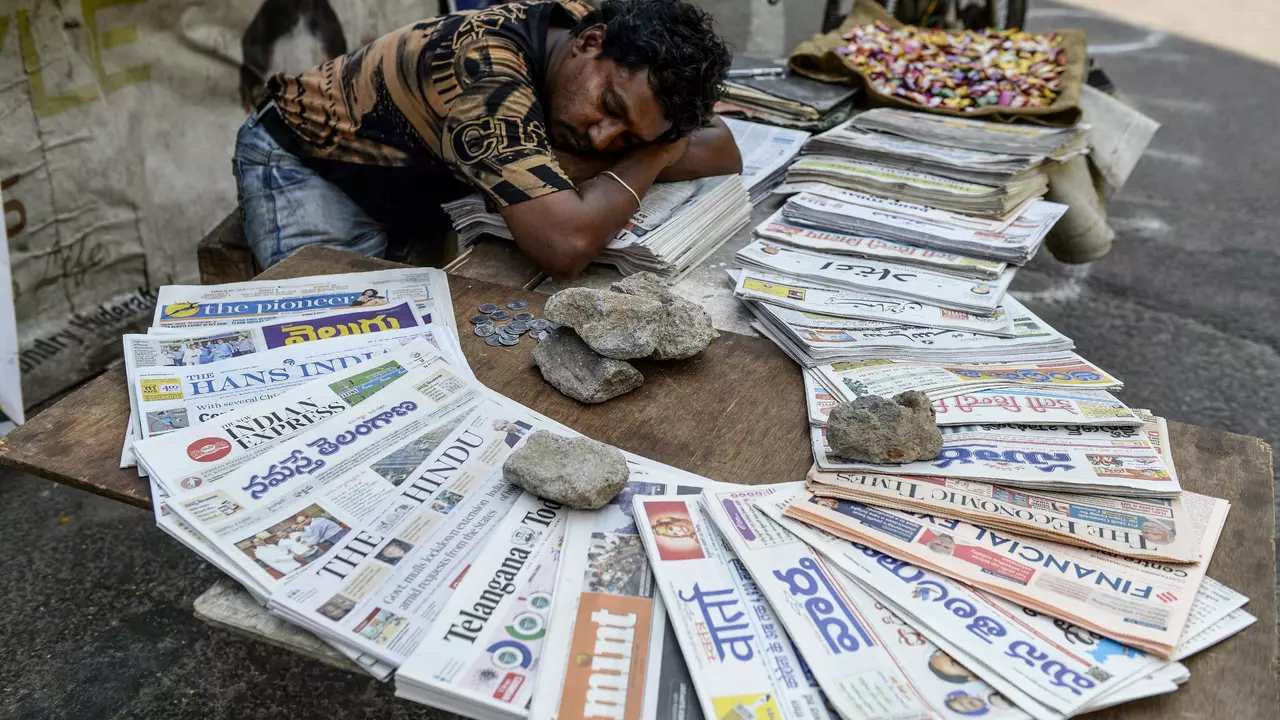Indian Media Industry: What’s Happening and What’s Next
India’s media scene is buzzing like a busy market. From TV channels that pop up in every town to news sites you scroll on your phone, the industry has changed a lot in the last decade. If you’re wondering why you see more video clips on social feeds and fewer printed newspapers, this guide breaks it down in plain English.
Digital Shift and New Players
First off, digital is king. Smartphones have become cheaper, and 4G/5G networks are everywhere, so more people get their news online. Platforms like YouTube, Instagram, and local apps such as Dailyhunt or Inshorts serve bite‑size stories that fit into a short break. Traditional TV still draws big crowds for live events—cricket, election debates, award shows—but even those broadcasters now stream content on their own websites or partner with OTT services.
Because of this, advertising dollars are moving. Brands that once bought big spots on TV or in print now prefer targeted ads on digital platforms, where they can track clicks and engagement. That means media houses are racing to build strong online audiences and data teams that can sell those numbers to advertisers.
Regulation and Business Models
The government plays a big role, too. Rules about foreign investment, content codes, and broadcast licensing affect how quickly a company can expand. For example, the recent amendment allowing up to 49% foreign direct investment in news broadcasting opened doors for partnerships with global players. At the same time, the Press Council and self‑regulatory bodies keep an eye on fake news, which pushes outlets to verify sources faster.
Revenue models are a mix now. Print newspapers survive on a combination of subscriptions, classifieds, and niche advertising. Many have gone pay‑wall online, asking readers to pay for premium analyses or regional coverage. Meanwhile, regional language channels have grown because they cater to local tastes that national outlets sometimes miss.
What does this mean for a regular reader? You get more choices, but you also have to sort through a flood of information. Trust becomes a valuable currency, and outlets that consistently deliver reliable, balanced coverage tend to keep loyal audiences.
Looking ahead, a few trends stand out. Artificial intelligence is being used to personalize news feeds, flag misinformation, and even write short reports on sports scores. Augmented reality could soon let you "walk" into a news story, especially for travel or environmental topics. And as internet penetration reaches the last mile, smaller towns will see more local digital news startups trying to fill gaps left by big players.
Bottom line: the Indian media industry is a fast‑moving blend of old and new. TV, print, and digital each have a role, but they’re all leaning toward online, data‑driven strategies. If you keep an eye on how platforms evolve, you’ll always know where to find the stories that matter to you.

What is the average salary of an Indian news anchor and editor?
Whoa, hold your hats folks! The salary of Indian news anchors and editors is a roller-coaster ride of digits. On an average, our TV news anchors bag a neat sum of 4 to 6 lakhs INR per month! And the folks who have their editing hats on? Well, they're not far behind, with a paycheck of around 5 to 7 lakhs INR monthly. Come on, let's admit it, we all secretly wish we could read news off a teleprompter or cut and splice words for a living, don't we?
Read More